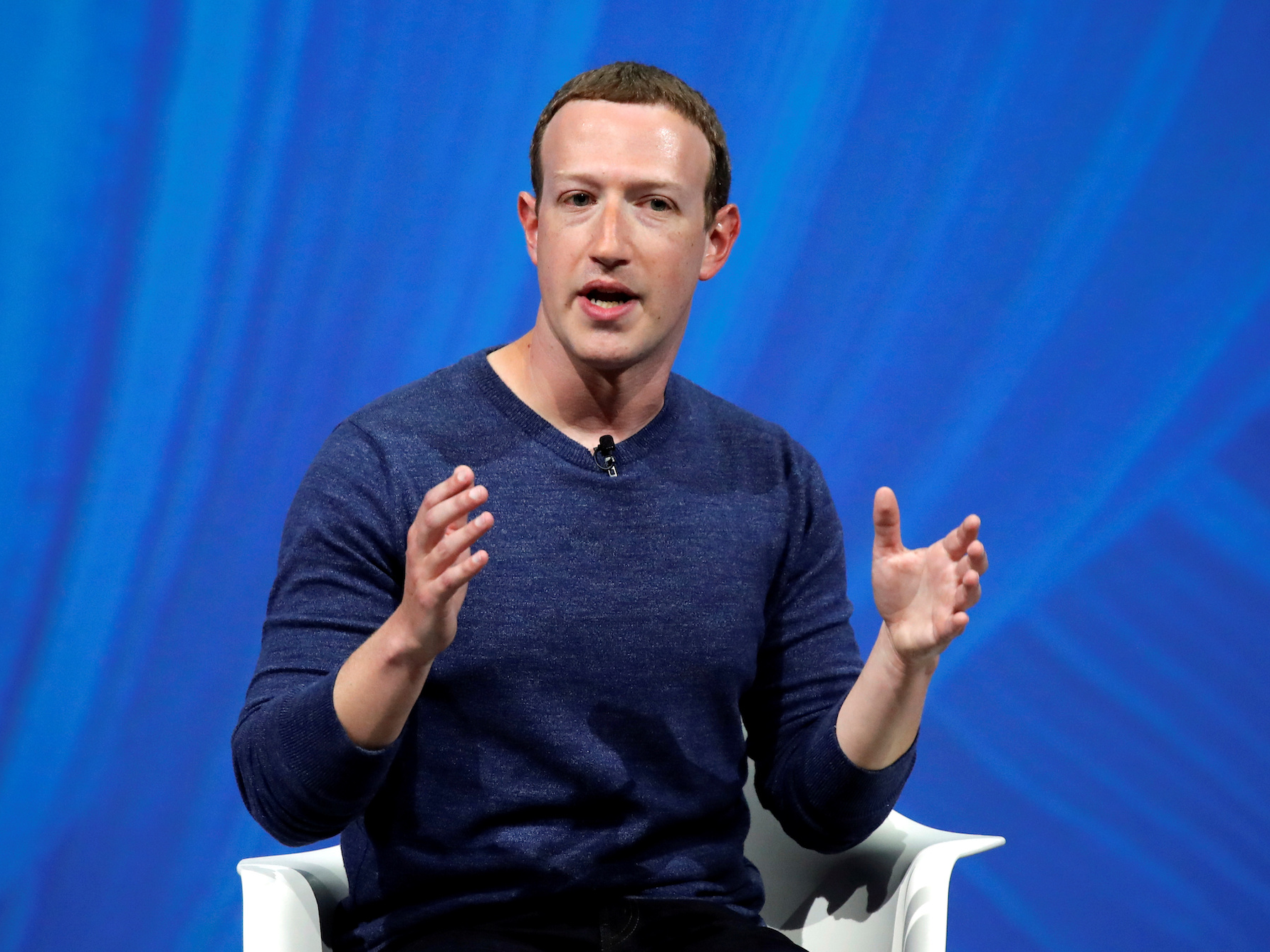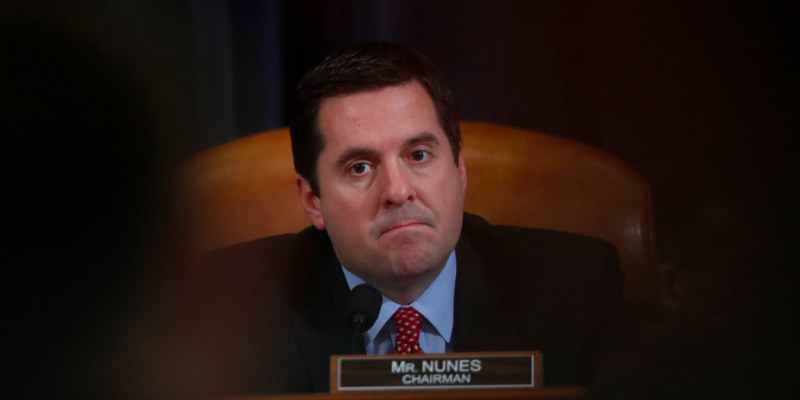- A fake video of Facebook CEO Mark Zuckerberg that was created using deepfake technology has appeared on Instagram. Vice first reported the video.
- The video appeared not long after Facebook came under criticism for its decision not to remove a doctored video of House Speaker Nancy Pelosi that was circulated on the platform.
- The video of Zuckerberg was created by two artists and an advertising company as part of a documentary festival.
- Visit Business Insider’s homepage for more stories.
A fake video of Facebook CEO Mark Zuckerberg created using “deepfake” technology has emerged on Instagram, in yet another example showing how artificial intelligence can be used to construct phony content that’s easily shareable through social media.
The video, which was first spotted by Vice, was posted by the Instagram account @bill_posters_uk and was created by the artists Bill Posters and Daniel Howe, along with the advertising firm Canny, according to the news outlet. Vice reported it was created as part of an exhibit called “Spectre” for the Sheffield Doc Fest, a documentary festival in the UK.
“Imagine this for a second,” the fake Zuckerberg says in the video, which was edited to look like a news clip. “One man with total control of billions of people’s stolen data. All their secrets, their lives, their futures. I owe it all to Spectre. Spectre showed me that whoever controls the data, controls the future.”
The video was posted four days ago and has nearly 2,000 views at the time of writing.
While the video certainly has a few hints that indicate it's a fake - such as Zuckerberg's voice and the way his mouth moves - it highlights the growing concern over deepfake technology, an artificial-intelligence-powered technique that can be used to falsely put words in anybody's mouth, as we see here.
An Instagram spokesperson provided the following comment when contacted by Business Insider: "We will treat this information the same way we treat all misinformation on Instagram. If third-party fact-checkers mark it as false, we will filter it from Instagram's recommendation surfaces like Explore and hashtag pages."
Last month, The Washington Post reported that a video of House Speaker Nancy Pelosi had been slowed down to make it sound as if her words had been slurred and was circulated on Facebook, YouTube, and Twitter. Instead of removing the video, Facebook notified users who attempted to share it that the clip was fake.
The doctored Pelosi video is just one instance in which manipulated videos have been used for malicious purposes. While the Pelosi video wasn't exactly a deepfake, doctored videos have become a source of misinformation and other problems: Over the past year, deepfakes have increasingly been used to display a person's face on another person's body in pornographic videos, with celebrities often being targeted.
Others have used the technology to highlight the risks it poses. Last year, a fake video showing former President Barack Obama cussing and insulting President Donald Trump circulated online. The video turned out to be a project created BuzzFeed, Monkeypaw Productions, and the comedian and director Jordan Peele. It was an effort to showcase the dangers of deepfake technology.
The recently published deepfake of Zuckerberg is also meant to promote awareness but not necessarily around the dangers of AI.
"This will change the way we share and tell stories, remember our loved ones, and create content" Omer Ben-Ami, one of Canny's cofounders, said to Vice, adding that he sees the tech as "the next step in our digital evolution."











